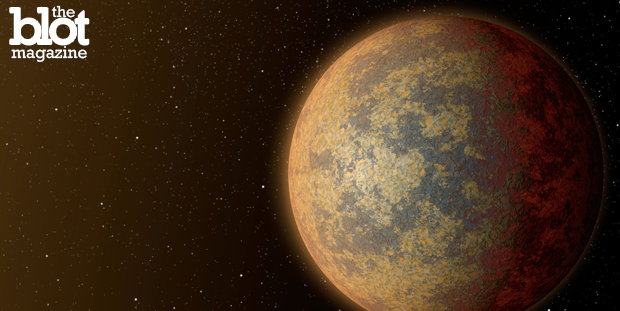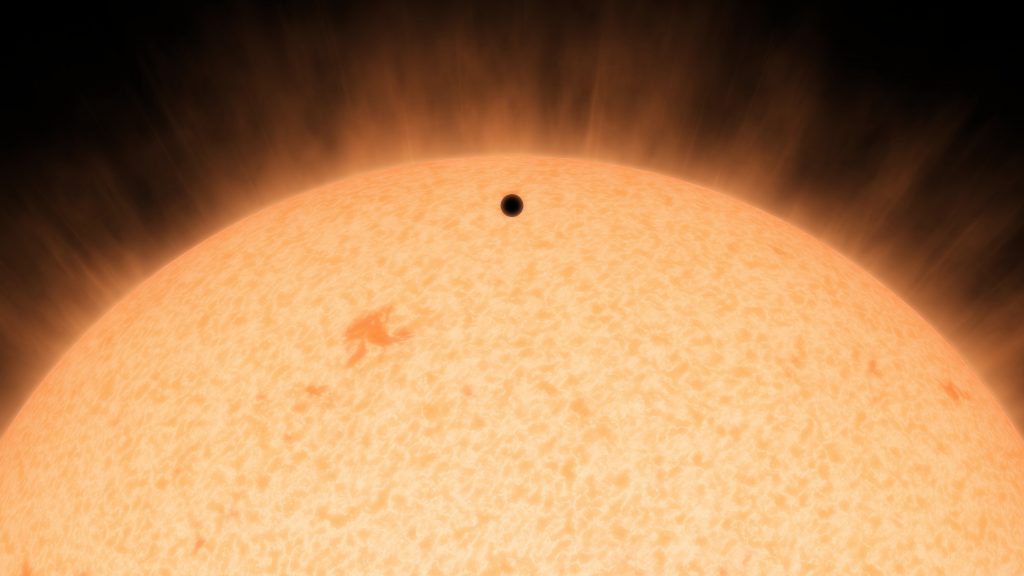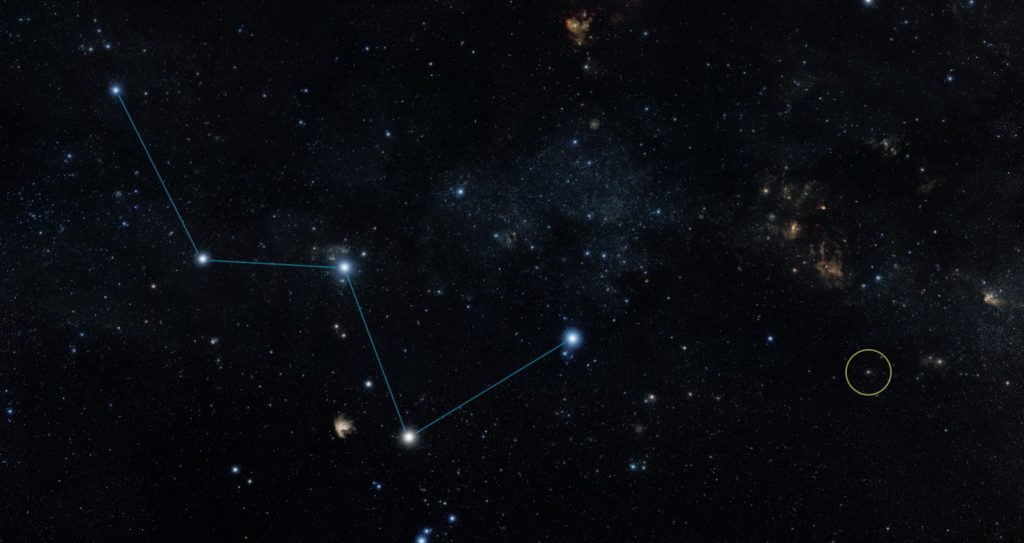
A rocky planet similar to the Earth is just outside of our neighborhood.
Peering into nearby galaxies, scientists have confirmed that the nearest exoplanet to ours is just beyond the solar system in another town over. Described by Lars A. Buchhave from the Harvard-Smithsonian Center for Astrophysics in Cambridge, Mass., as “practically a next-door neighbor” of Earth, the exoplanet named HD 219134b is a mere — universally speaking — 21 light-years away. The previously closest confirmed exoplanet ever discovered, which was named in similar alphanumerical jargon, GJ674b, is more than 14 light-years from Earth, but its composition remains unknown.
The confirmed rocky planet orbits too close to its star to support life, but provides scientists with a mother lode of information on exoplanets. It was first discovered by the High-Accuracy Radial-velocity Planet Searcher (HARPS)-North instrument at the Galileo National Telescope in the Canary Islands and confirmed by NASA’s Spitzer Space Telescope. In the first of what will be copious research on the exoplanet, it is the subject of a study accepted for publication in the journal Astronomy & Astrophysics.
Read more: NASA Scientists Say Jupiter’s Moon Europa Is Salty, Bro
The radial velocity method of detection can determine a planet’s mass and orbit by the tug it exerts on the star it orbits. The planet was found to have a mass 4.5 times of the Earth and was observed making a quick three-day trip around the host star.
Below is an artist’s concept showing the silhouette of planet HD 219134b crossing, or transiting, its star:

While the planet is much too far away to be seen directly, even with high-powered telescopes, scientists detected its existence by monitoring the star that it orbits, which can be observed by the naked eye. The star is located in the Cassiopeia constellation, near the North Star as seen in the following image:

The exoplanet was detected by a rare orientation of its orbit between the star and Earth. When the relatively tiny planet passed in front of its host star, it dimmed the light of the star and NASA scientists were able to detect that change to confirm the discovery.
By studying its density, the exoplanet was determined to be like Earth and composed of rocky material. It is believed to be about 2.6 times the size of our planet. Because of its size and density, the exoplanet is one of many discovered in recent years that have been termed super-Earths.
“Transiting exoplanets are worth their weight in gold because they can be extensively characterized,” said Michael Werner, the project scientist for the Spitzer mission at NASA’s Jet Propulsion Laboratory (JPL) in Pasadena, Calif. “This exoplanet will be one of the most studied for decades to come.”
Read more: Thanks to New Horizons, Pluto Is Again A Star of the Solar System
While scientists continue the search for planets similar to Earth and these amazing discoveries bring us closer to finding one that can support life, the confirmation of a local planet similar in composition to Earth has astronomers excited. The exoplanet does not support life at this time, but could have in the past and might contain the building blocks of life within.
As the planet transits its star, scientists are scrambling to study its atmosphere, which could be revealed by chemicals that may imprint patterns in the observed starlight. The exoplanet’s discovery and confirmation is another small step forward in the giant-leap of a search for conditions appropriate for extraterrestrial life. While more super-Earths are discovered all the time, eventually one is certain to contain conditions appropriate to support life and to be within the elusive Goldilocks zone that might signal a habitable world.
Watch this NASA video that imagines the interstellar journey to the exoplanet:
Noah Zuss is a reporter for TheBlot Magazine.





